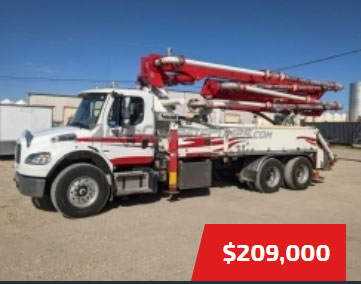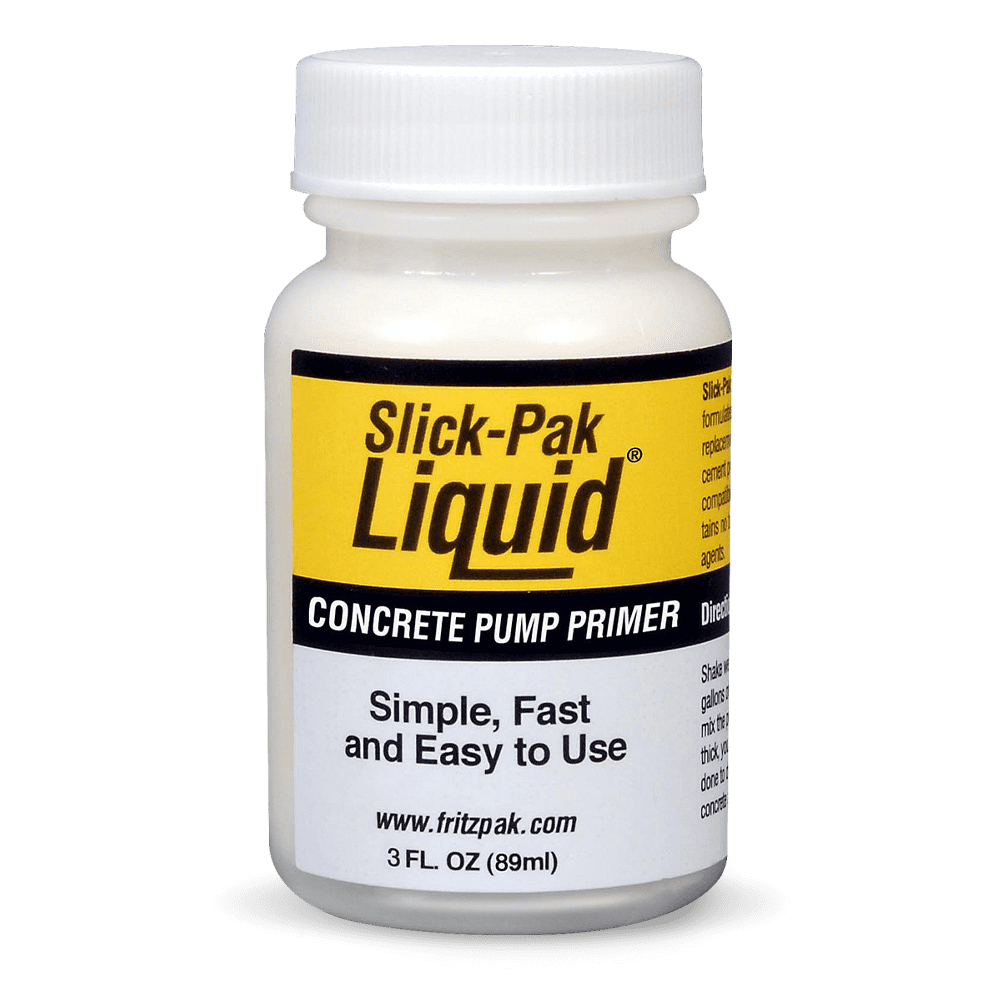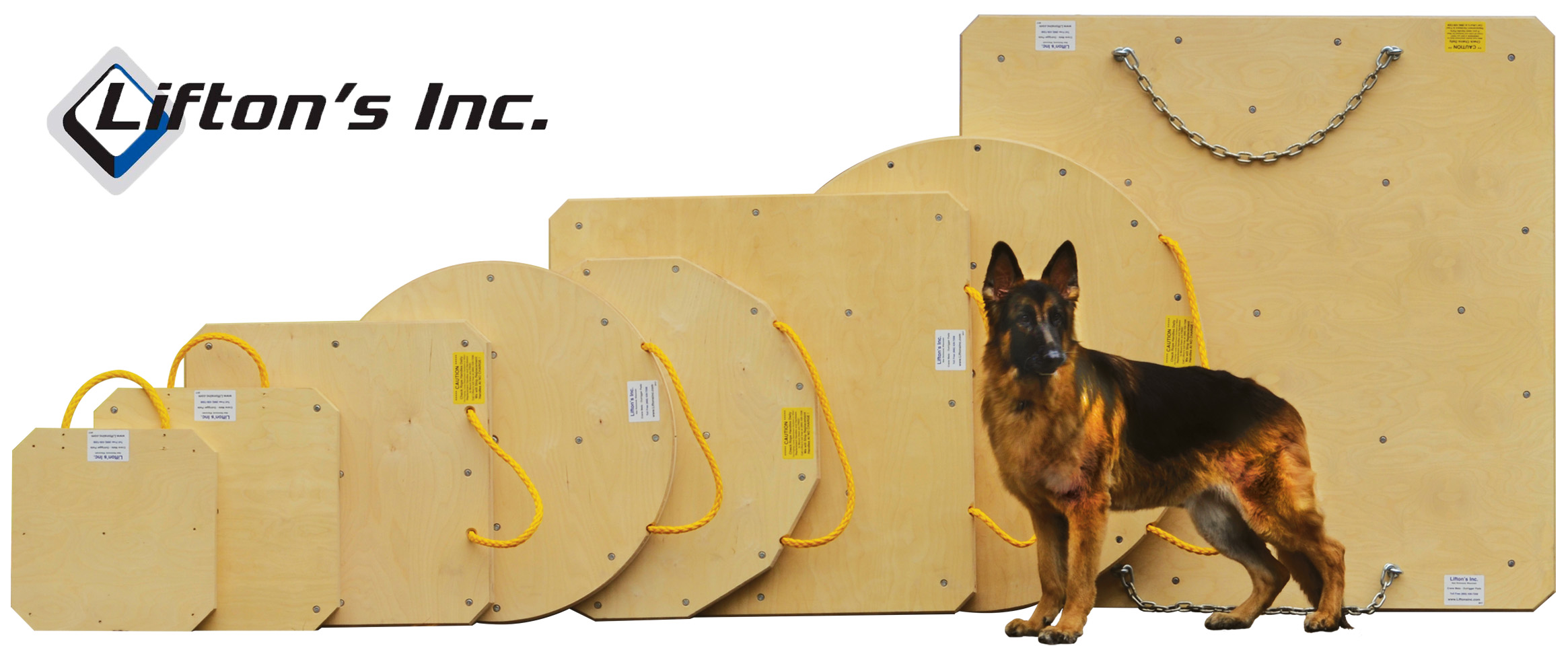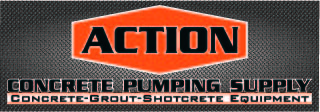Today I Wont Hurt or Kill Anybody, Including Myself
By Rob Edwards
Published by http://www.ConcretePumping.com
Driving home from the airport one day, I had several close-calls. I was daydreaming about whatever; it doesn’t matter. Suddenly, a Honda with an airfoil and neon lights passed me on the right, pulled in front of me, then slammed on the brakes to avoid a pedestrian crossing the street. The adrenaline was still pumping from that one when an oncoming car crossed the centerline and aimed at my windshield as the driver was digging on the floor for something dropped, probably her cell phone. I had to nearly run the car next to me into the curb to avoid the head-on collision. It happened so quickly that I didn’t even have time to honk the horn; all I could do was turn the wheel and hope the person next to me could give me some space. Within five minutes, a car pulled out of an alley directly in front of me and I had to slam on my brakes to avoid T-Boning him. I pulled over to the side of the road for two reasons; first to allow my heart to quit pounding, and second, to come to grips with that day’s reality. Clearly, it was going to be a huge challenge just to get home alive. I looked at myself in the rearview mirror and made a proclamation: “You will make it home alive. You will not become inattentive for even one moment until you park this car in the driveway.” A black cat was sitting on the wall next to the car. It regarded me with suspicious eyes, evidently not seeing many humans pulling over to talk to themselves.
I admit it was an unusual day. I can drive for two or three months without a single adrenaline-producing incident; then I experienced three within twenty minutes. Sometimes it just seems like the deck is stacked against you. It occurred to me (later, after the car was parked) that I could turn that into part of the training I give at the ACPA safety seminars. On a job site, the hazards come at you fast and furiously; the opportunities for injury far surpass mere driving in the city. If you don’t treat each day as though you were having a crazy-driver day, you’ll soon be hurt on the job. I suggest you try the look-yourself-in-the-mirror trick that worked for me on that drive from the airport. In the morning before you leave, look at yourself in the eyes and make the promise: “Today, just today, I will NOT hurt or kill anybody on the job, including myself. I will NOT lose focus until I get my car parked in my driveway.” Say it out loud, and mean it. It’s just a matter of surviving the day. Losing focus is what prime-time television does for you. Wait until then. Today’s message on accomplishing the goal of not hurting or killing anybody (including yourselves) is the use of Concrete Delivery Hoses hung from the boom. Concrete Delivery Hoses are typically referred to as double-ended hoses.
ASME B30.27 (the Concrete Pump Safety Standard), defines double-ended and single-ended hoses. Here are the definitions: “concrete delivery hose — a flexible delivery hose having a coupling on each end.” “end hose — a flexible delivery hose having only one coupling.” There are situations when it’s correct to use a concrete delivery hose instead of an end hose. The prime example is when you will be pumping out of the boom into a separately laid pipeline. You MUST use a concrete delivery hose between the boom or the pipeline in that case, or boom damage will result. The problem comes when the hose person has to touch the hose to direct it, like what happens when the hose is hanging from the boom. Use of a concrete delivery hose (double-ended) in that situation creates a hazard to the hose person if the hose whips. If you’re a pump operator reading this, raise your hand if you’ve seen a hose whip...
A hose whip when using any hose can be, and has been, deadly. A hose with a second steel end added to the mass of what’s flying around when the hose whips can be increase damage considerably. Just the mass of the steel that’s moving with that kind of force and velocity—suffice it to say that you don’t want to be near it when it’s happening. (If you’ve never seen a hose whip and wonder what I’m talking about, I suggest you download the safety bulletin on hose whipping from the ACPA website at www.concretepumpers.com.) Picture this scenario: all day long you’ve been removing pieces of pipe from the bridge deck (or whatever deck you’re pouring) as the job progressed, and now you can reach the rest of the job using only the boom. As they remove that last piece of pipe, you eye the concrete delivery hose that’s now hanging from the boom. If you change the hose, you’ll have to figure out how to get the hose primed, or try to sweet-talk some concrete through it until it’s properly lubricated. It adds time, it adds effort, you have to wash another hose. The hose person doesn’t know any better; he won’t ask you change the hose. THIS IS THE MOMENT. It is SO much easier to not have to change that concrete delivery hose for an end hose, but you know better...what do you do? What I’m hoping you do is remember the promise you made to yourself in the mirror this morning: “Today I will not hurt or kill anybody, including myself.” There are some compromise products out there. One company manufacturers a ‘boxing glove’ sort of product that you can slip over the second steel end rather than change the hose. Is that adequate? I have never tested them; they may be great—or they may be bad. It could be that getting hit with a hose equipped with one of those products would be less harmful than being hit with an end hose, but I don’t know that to be true. Do you have one of them on your machine that you could install? If not, I hope you’ll remember your promise. Please don’t be the guy in the Honda with the air foil and the neon lights... Anybody with experience with that boxing glove product, I’d love to hear from you.




















.jpg)
.gif)

.jpg)








.jpg)









